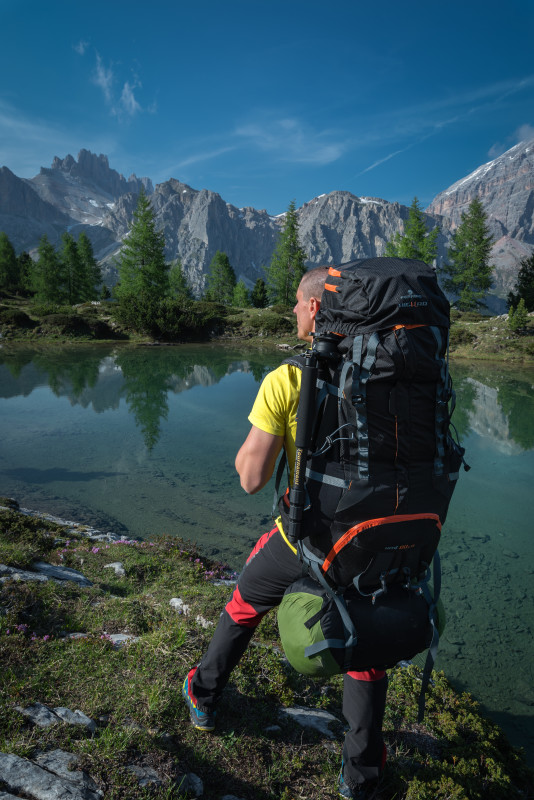
Do you love to spend the night in the great outdoors, taking pics even in extreme conditions? Giulio Cobianchi, outdoor photographer, gives us some tips.
A landscape photographer could often found himself in extreme situations, especially if like me, he loves wild nature, mountains and Nordic landscapes. I like to spend the nights on top of the mountains or between the fjords while shooting the Milky Way and the Northern Lights. I love to enjoy nature, observing it in silence, while waiting for the right moment to take that long-planned photo.
A landscape photographer could often found himself in extreme situations, especially if like me, he loves wild nature, mountains and Nordic landscapes. I like to spend the nights on top of the mountains or between the fjords while shooting the Milky Way and the Northern Lights. I love to enjoy nature, observing it in silence, while waiting for the right moment to take that long-planned photo.
I like that feeling of freedom at the top of my lungs, climbing on the mountains to reach the perfect point where to shoot. The effort to get up there, the long journey, the weight of the equipment and the shortness of breath, are nothing compared to the immensity that lies ahead of me every time.
It is not always possible to get the shot you had in mind. Many things must coincide: in order to capture the Milky Way, there must be a New Moon and the sky must be clear, as you already can see the possibilities are limited to about 10 days a month and in these 10 days there must be no clouds, so these possibilities become even less. Here in the north of Norway, where I live, I like to hunt the Northern Lights, and here things get even more complicated regarding the plans. In this case there must be some sort of movement, the solar wind must be negative, that means it must move from north to south in order to be seen in the northern hemisphere and, last difficult thing, the sky must be clear while at these latitudes it is often covered.
The secret of the perfect photo is the passion for uncontaminated nature, the mental and physical preparation and having everything you need in order to not give up in the most important moment of the shot, that long-awaited and planned moment. Spending a night at high altitudes and at temperatures that can reach -15 or more is not very simple, wind gusts and freezing temperatures often create very difficult conditions, especially if you don't have everything you need to deal with the situation.
Thanks to my experiences, I learned that the difficulty lies in being able to carry everything, from photographic equipment to heavy clothing, that will help you to spend the night without going into hypothermia, always standing in front of the tripod.
I usually leave with lighter clothing, consisting of a light thermal base layer, a slightly padded middle layer and an absolutely windproof and water-repellent outer layer. Once I reach the top I change completely, wearing a thicker layer made of Merino wool, one fleece, one goose down jacket and finally one or two windproof layers. Same thing regarding the lower part of the body. This change of clothes is essential to be able to withstand the cold until the sun rises the following day.
The most difficult part is being able to put everything you need in the backpack without having too much bulk. Usually I leave out the clothes I have to wear at the beginning and put in all the clothes I will need to survive up there. I put the sleeping bag inside the backpack and the tent tied outside. Tied out on one side, there will also be a tripod, while the remaining photographic gears will go inside, protected by another case. A fundamental thing is food and water: it takes a lot of calories to resist the cold and to cope with the effort, so I take with me energy bars, food supplements and dry food (in order to have many calories and a small footprint), a thermal bottle with tea or hot coffee and water. I always have two flashlights and spare batteries with me in case they run out during the night.
Share this article